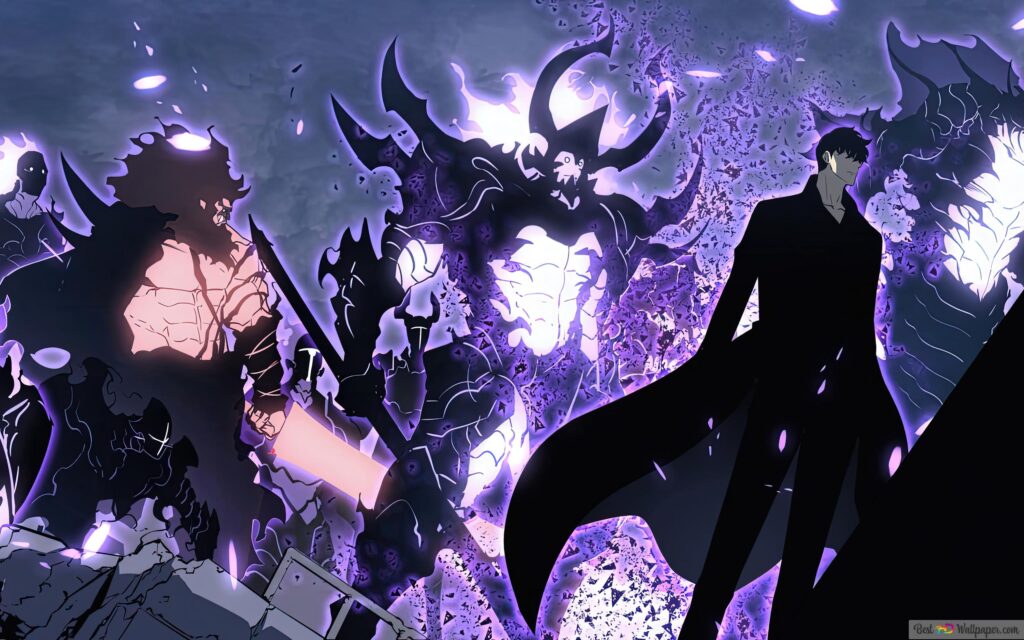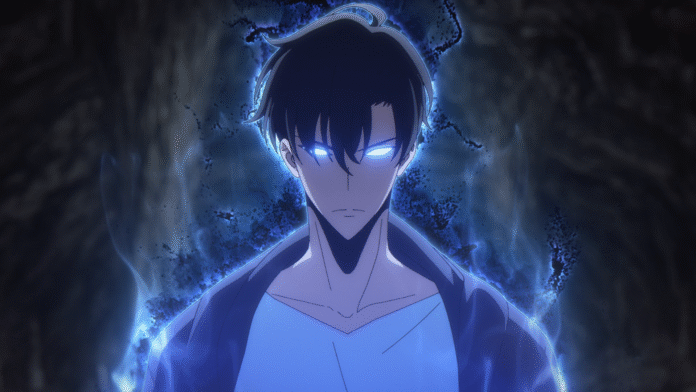Anime Live Action Remakes: Why Fans Strongly Oppose Them
Anime live action remakes have become one of the most debated trends in entertainment. While streaming giants like Netflix and major Hollywood studios continue to announce new projects, fans around the world remain skeptical, and in many cases, outright hostile.
But if so many anime fans hate live action adaptations, why do studios keep making them? The answer is a mix of culture, money, and missed opportunities.
The Growing Popularity of Anime
Before diving into live action controversies, it’s worth remembering just how big anime has become. Once considered a niche interest, anime is now firmly mainstream.
According to Grand View Research, the global anime industry was valued at $34 billion in 2024 and is projected to grow to over $60 billion by 2030. Streaming platforms such as Crunchyroll and Netflix have played a massive role in making anime accessible to global audiences.
Even Netflix reported in 2024 that over half of its 300 million subscribers watch anime, with more than one billion hours streamed in that year alone.
With a fanbase this large, it’s no wonder Hollywood and streaming services want a piece of the pie. But the execution is where things fall apart.
Why Anime Live Action Remakes Struggle
1. Cultural Differences That Don’t Translate
Anime often draws heavily from Japanese or Korean culture, mythology, and storytelling techniques. When adapted by Western studios, these nuances are often watered down or misunderstood. Fans feel that this strips away the very identity that made the anime special.
2. CGI Limitations and Unrealistic Expectations
Anime thrives on over-the-top battles, exaggerated expressions, and physics-defying visuals. Translating those into live action with CGI often leads to awkward, low-quality effects that disappoint audiences. Fans fear Solo Leveling could fall into this trap, as its breathtaking fight sequences are central to its appeal.
3. History of Box Office Failures
The track record for anime live action remakes is notoriously bad. The 2009 Dragonball Evolution was mocked by fans and critics alike, while Ghost in the Shell (2017), starring Scarlett Johansson, was accused of whitewashing and lost over $60 million at the box office.
4. Fan Loyalty to Originals
Anime fans are deeply protective of source material. Iconic moments, story arcs, and characters hold emotional weight, and when they’re altered or skipped in live action, audiences feel betrayed.
5. Casting Controversies
Casting choices often spark outrage. From accusations of whitewashing to miscasting beloved characters, these decisions alienate the very fanbase the studios hope to attract.
6. Tone Mismatch Between Mediums
As anime reviewer Geoff Thew explains, “What works dramatically and aesthetically in animation doesn’t always translate to live action.” When studios fail to respect this difference, the adaptations end up feeling forced.
7. Studios Chasing Trends, Not Quality
For many fans, anime live action remakes feel like cash grabs. Instead of focusing on creating meaningful stories, studios appear more interested in exploiting anime’s growing popularity.
Case Study: Solo Leveling on Netflix
One of the most anticipated and feared projects is Netflix’s Solo Leveling. Originally a Korean web novel, later adapted into a blockbuster anime, Solo Leveling tells the story of Sung Jin-woo, the weakest hunter who gains the ability to “level up” after a near-death experience.

The anime became a global sensation, even surpassing titles like Demon Slayer and One Piece on Crunchyroll. Now, Netflix hopes to replicate that success with a live action adaptation featuring a Korean cast.

Fans remain skeptical. Many argue that the high-paced, CGI-heavy battle sequences will not carry the same weight in live action. Others worry about watered-down storytelling or missing details.
Still, optimism exists. Some believe that a Korean-led production could stay closer to the source material and avoid Hollywood’s past mistakes.
Hollywood’s Obsession with Anime Live Action Remakes
Despite repeated failures, Hollywood isn’t slowing down. Major projects in development include:
-
Gundam-A military sci-fi anime about giant robots, produced by Legendary (the studio behind Dune).
-
Naruto-A beloved ninja saga about a young underdog striving to become his village’s protector, reportedly in development at Lionsgate.
Clearly, studios are determined to figure out the “formula” for a successful adaptation. But fans argue the formula is simple: respect the source material.
The Market Power Behind Live Action
So why keep making anime live action remakes if fans hate them? The answer is business.
Anime itself is a booming industry, but live action adaptations give studios something anime alone cannot: access to mainstream non-anime viewers. Netflix, for example, hopes that live action remakes will pull casual viewers into anime worlds, encouraging them to explore original series afterward.
It’s a long-term strategy for subscriber retention and brand engagement.
Lessons from One Piece’s Success
Not all live action adaptations fail. Netflix’s 2023 live action One Piece shocked fans by being… actually good. With a diverse international cast, strong writing, and respect for the spirit of the original, it earned praise even from skeptical viewers.
This proves that success is possible when studios prioritize authenticity and thoughtful adaptation.
Final Thoughts: Can Anime Live Action Remakes Ever Win Fans Over?
Anime live action remakes continue to divide audiences. For fans, the frustration is clear: too many past failures, too many disrespectful adaptations, and too much focus on profits instead of quality.
Yet, with massive projects like Solo Leveling, Gundam, and Naruto on the horizon, studios are betting big that they can change the narrative.
If they succeed, anime live action remakes could become a new bridge between mainstream viewers and anime fans. If they fail, they risk alienating the very community they rely on.
Only time will tell if Solo Leveling becomes another Dragonball Evolution, or the next One Piece.

